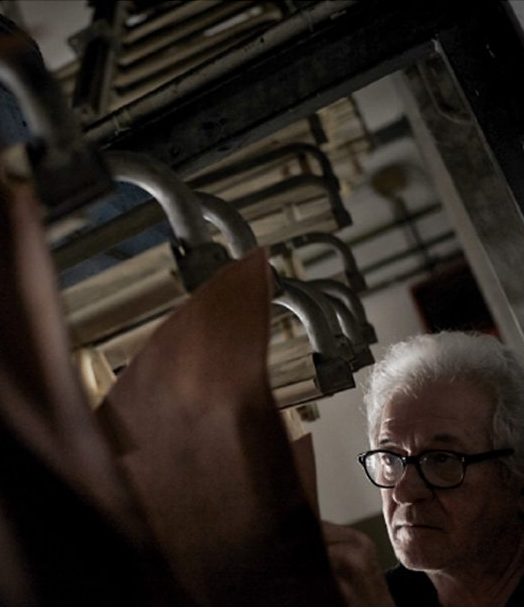At Maxwell Scott, we source the finest vegetable tanned leather in the world. Its rich, authentic finish is desirable amongst the most refined. With sustainability an increasingly hot topic within fashion, we shine a light on why vegetable tanned leather is the most environmentally-friendly in the industry…
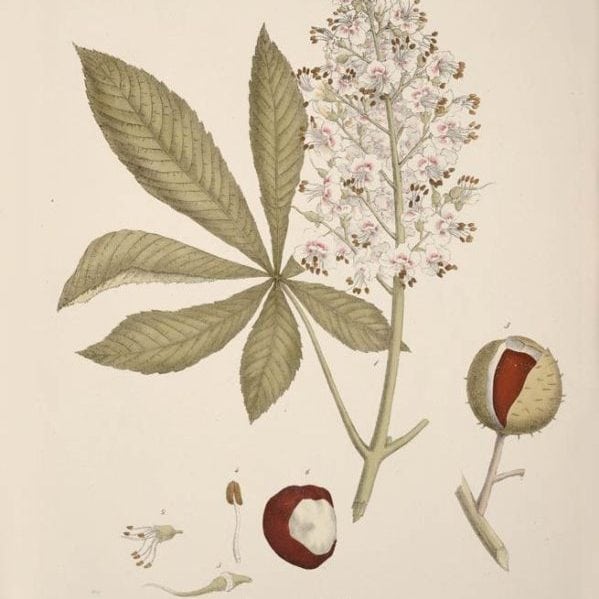
As the term states, vegetable-tanned leather is treated with entirely natural and organic tannins. They are extracted from vegetables or trees and infused into the grain of the hide. Chestnut tannin is a common natural leather extract that penetrates into the fibres and creates deep earthy tones of tan and brown. Vegetable tanning is undoubtedly the most authentic method of dying leather – a technique that has been used for centuries and unrivalled in its ability to create a unique and nuanced finish.
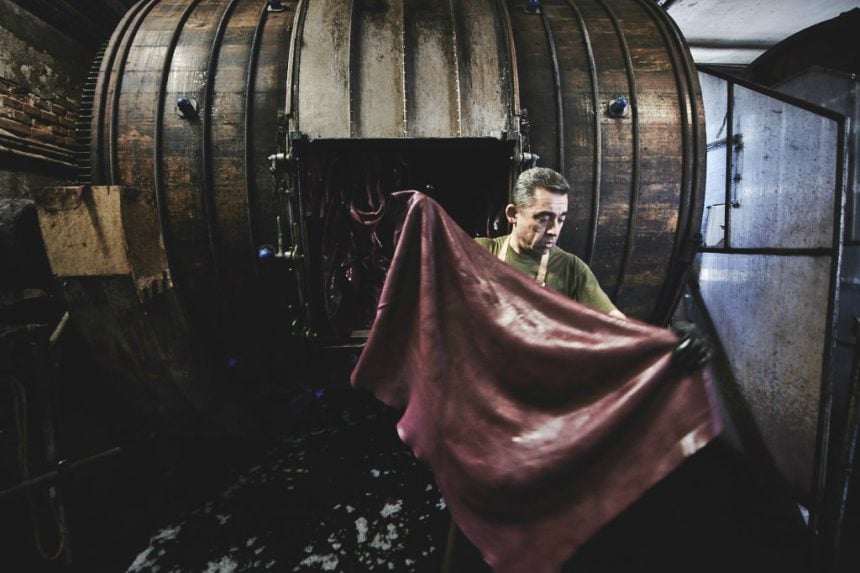
Traditional Italian leather tanneries believe that skilled hands are still more effective and efficient than modern technology. A time-honoured craft, the Italian Consortium of Leather Tanneries aims to preserve the historic nature of this process. Unlike other industries, machinery hasn’t replaced man. Little energy is needed to power this classic artisan way of tanning. Despite being slower, vegetable tanning uses the elements instead. After the tanning process takes place in wooden barrels, the hides are hung and left to dry naturally with no mechanical aid, just pure air.
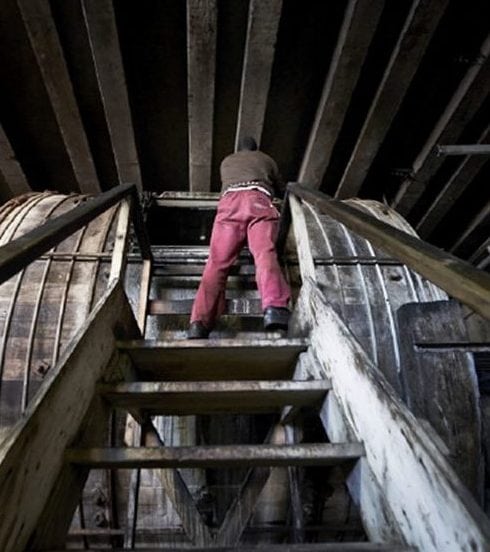
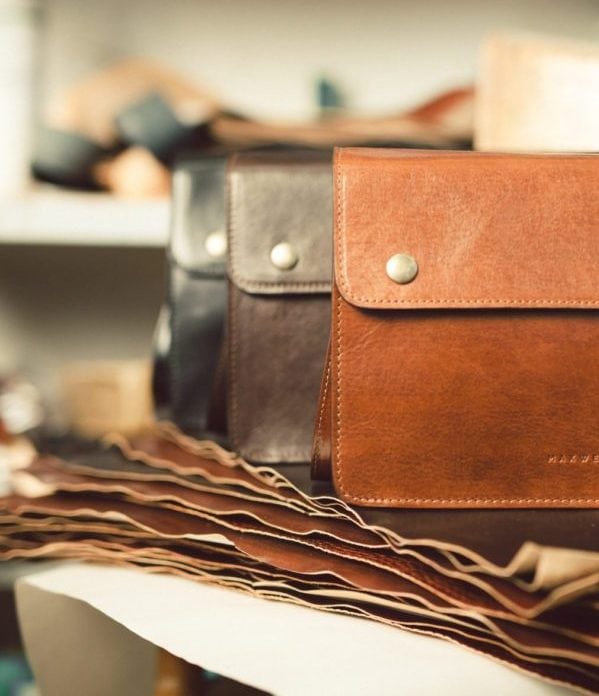
Vegetable tanned leather is crafted to be a testimony of time. Exposure to the elements is key to its journey. Just like our skin, it reveals imperfections and nuances that make it entirely personal. After the tanning process, the leather hides are therefore left untreated – no synthetic substances are layered onto the grain to preserve it. The leather is left to breathe. For most connoisseurs of the industry, vegetable-tanned leather is thus the most seductive. It grows with you and documents your journeys together in its grain.
‘Vegetable tanned leather is left to breathe. Nature’s elements seep into its grain over time, enhancing its authentic and earthy character.’
Leather tanneries that are certified by the Italian Consortium of Leather Tanneries have a responsibility to recover, reuse and recycle their waste. For the tanners, it’s imperative that the ancient craft remains as friendly to the earth as it possibly can. Huge investments are made into recycling and depuration systems to ensure high sustainability throughout the tanning process. Fibres removed from the hides are recycled to make agricultural fertiliser and waste from the depuration process is recycled to create bricks for the construction industry.
